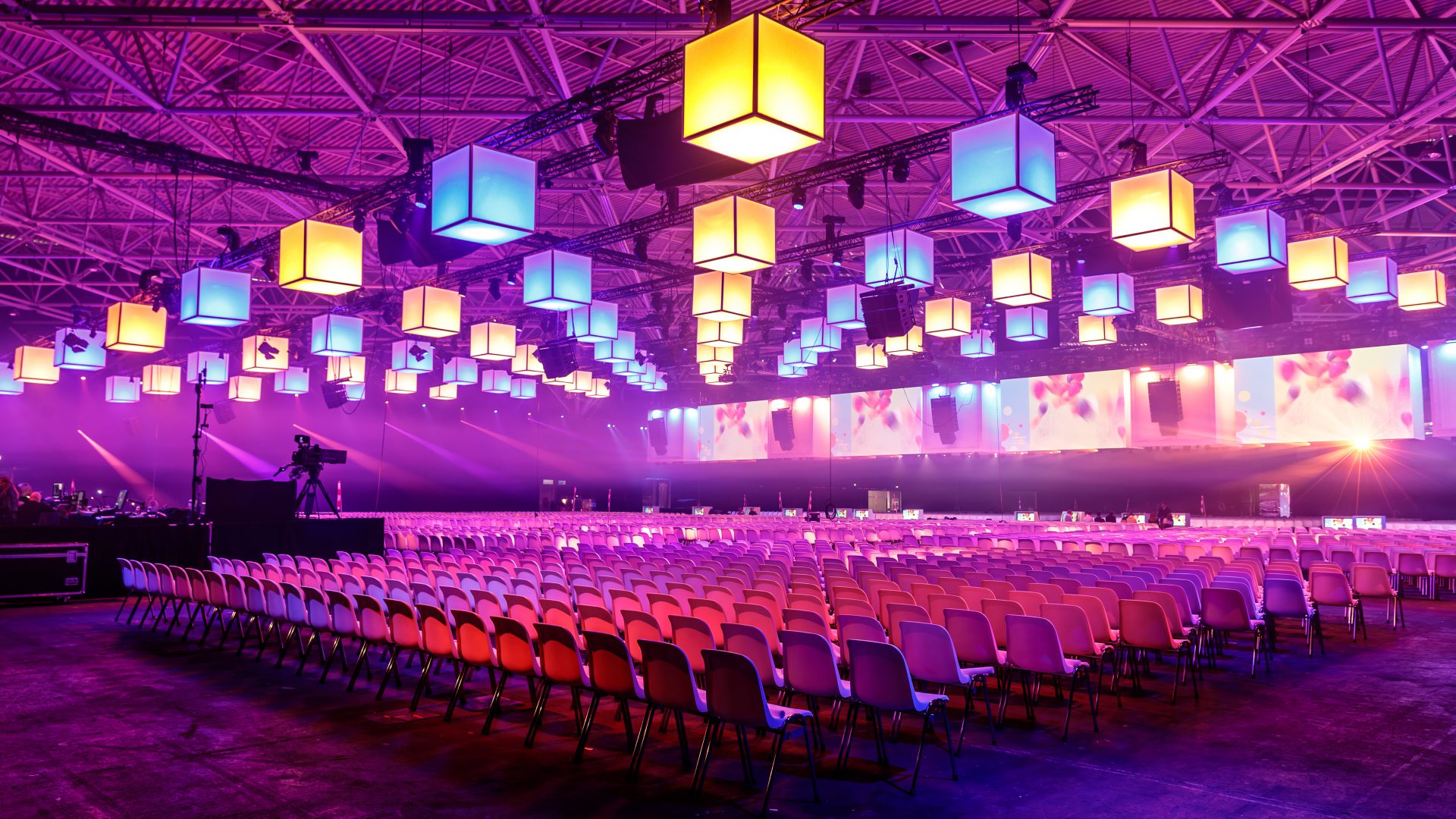How Production Business Change Ideas Into Compelling Visuals
The process by which manufacturing companies change abstract concepts right into compelling visuals is both detailed and systematic, starting with the vital phases of ideation and manuscript advancement. As the project proceeds via pre-production, production, and post-production, each phase demands cautious attention to information and positioning of creative aspects.
Comprehending the Creative Refine
While the innovative process may vary considerably from one production business to one more, it commonly includes a structured strategy that balances creative vision with sensible implementation. The procedure begins with ideation, where ideas are brainstormed and refined. Throughout this phase, innovative teams participate in conversations that check out styles, narratives, and visual designs, making sure that the core message aligns with the intended target market.
Following ideation, the growth stage takes center stage, where manuscripts, storyboards, and shot listings are carefully crafted. This stage is necessary as it translates abstract concepts right into concrete plans, helping with a smoother manufacturing process. The creative group collaborates very closely, making sure that every facet, from casting to area looking, reflects the imaginative intent.
Post-production better fine-tunes the visuals and audio, culminating in a sleek final product that resonates with the audience. Therefore, recognizing this organized imaginative process is essential for appreciating how production companies change concepts right into compelling visuals.

The Role of Partnership
Just how does collaboration boost the creative output of manufacturing companies? At its core, partnership is a vital stimulant that fosters innovation and creativity within the manufacturing landscape.

Additionally, collaboration motivates open interaction, which is vital for browsing the complexities of production. It grows an environment where feedback is valued, enabling for repetitive renovations and changes that elevate the end product. Ultimately, the collaborative spirit within manufacturing companies serves to change preliminary ideas right into compelling visuals that captivate visitors, enhancing the significance of teamwork in attaining creative excellence.
Pre-Production Basics
Pre-production is a critical phase in the filmmaking procedure, frequently incorporating five important steps that lay the groundwork for a successful manufacturing. The primary step involves script development, where the screenplay is refined, ensuring that the narrative is cohesive and engaging. This is complied with by budgeting, which develops the financial framework for the task, determining key expenses associated to cast, crew, places, and devices.
The 3rd step is casting, an essential process that includes picking the right stars to depict the personalities authentically. A well-cast film can dramatically improve the story's influence. Next, place searching is carried out to locate suitable recording websites that straighten with the vision of the sites task, taking into account logistical elements such as accessibility and licenses.
Recording the Vision in Production
In the vibrant atmosphere of a movie set, capturing the vision in production needs careful sychronisation and collaboration amongst all divisions. Each group, from cinematography to art instructions, plays an essential duty in converting the movie script right into visual images that reverberates with audiences. The supervisor's vision must be efficiently communicated to guarantee that every shot, angle, and lights selection straightens with the overarching story.
Cinematographers are tasked with picking video camera tools and lenses that best communicate the tale's tone, while manufacturing developers produce immersive atmospheres that boost the aesthetic experience. Closet and make-up groups add by forming characters through their appearance, strengthening the narrative's styles.
Audio style and songs additionally match the visuals, developing psychological context and heightening target market interaction. Daily coordination meetings and on-set communication networks assist in real-time adjustments, see here ensuring that any type of creative subtleties are caught as they arise.
Eventually, catching the vision in manufacturing is regarding harmonizing these diverse components to produce a natural and engaging visual narrative. The collective initiative not just brings the script to life however also lays the foundation for a powerful cinematic experience.
Post-Production: Refining the Last Product
Post-production plays a vital function in improving the last item, transforming the raw video captured during manufacturing into a refined cinematic experience (production companies nashville tn). This phase incorporates several essential procedures, consisting of editing, audio design, color modification, and visual impacts, each adding to the overall story and emotional influence of the film

Sound layout is just as crucial, involving the enhancement of dialogue, sound effects, and climatic audios that enhance the seeing experience - production companies nashville tn. The mindful layering of audio elements helps engage the audience in the tale globe
Color correction further improves visual appeal, site readjusting tones and contrasts to produce a cohesive visual that lines up with the film's state of mind. This step guarantees that each framework reverberates emotionally with viewers.
Final Thought
To conclude, the makeover of ideas right into engaging visuals necessitates a structured and collective technique within production business. By prioritizing interaction and control throughout the creative process-- from ideation and pre-production to production and post-production-- these companies effectively align different artistic components with the narrative. This meticulous method not only improves storytelling yet also mesmerizes audiences, ultimately causing immersive and engaging motion picture experiences that reverberate deeply with audiences.